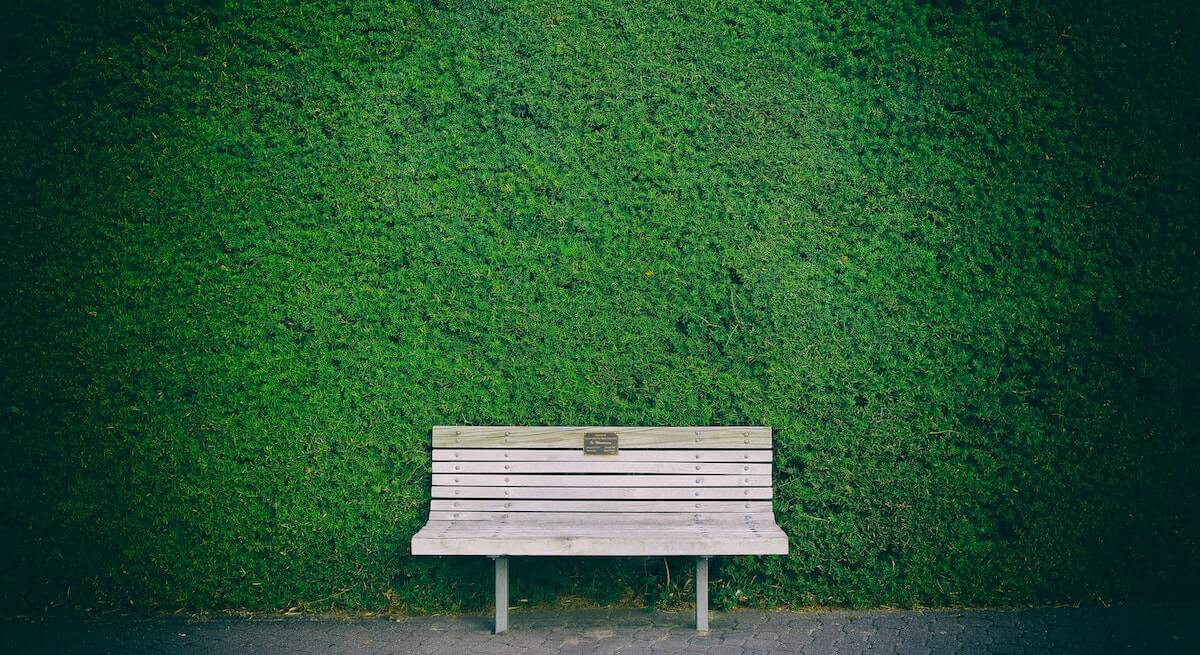
The familiar cityscape is teemed by bustling sounds of busy streets, with sights of people scurrying through throngs of similarly preoccupied folks. But, amidst the urban strife are open public spaces that offer a breather from this ballyhoo and animated scenes. These free and open areas, more importantly, provide new pathways of interaction and the sense of community among combinations of various people.
Outdoor furniture used in these public spaces is a crucial element, as it can influence how users perceive and react to space. The outdoor furniture, just like the lighting, landscape, utilities, and other design elements, when strategically designed can create a positive impact on the usage of space. Though, unlike any other design elements in a public space, outdoor furniture offers a direct physical experience and sense of a place.
Every so often, it can be challenging on how to design elements, such as furniture into a public area, that is to achieve its designated purpose and create a space for a variety of users. More so, to strategically create a cohesive design that can endure and adapt to the future generation of users.
6 Questions to Ask when Designing Outdoor Furniture
Let us further understand the role of outdoor furniture in public spaces by answering these major questions.
For a sound design for public furniture, one must first identify and define the type of public space. It can be a park, mall, a memorial place, community garden, or playground, each has its criteria and target users.
For instance, blue spaces with ports, marinas, rivers, and open-air streams that will need comfortable seating and safely located to appreciate the scenic views. Meanwhile, urban thinks capes are targeted for young children that will need outdoor furniture that can match whimsical and bold forms and color.
Concerning the first question, the user is the foundation to build your design idea. Know the people who often visit a particular public space and at the same time, those who don’t and know the reason.
Identifying the current desired patterns of use will help the furniture’s effectivity and public space used as a whole.
Quality outdoor furniture can be costly, so knowing how much stakeholders or the community is willing to spend should be identified at the onset of a project.
Before selecting the design and number of furniture to be placed, it is necessary to understand how people use the space and its purpose. For public parks, for instance, know how to encourage active outdoor use and what is sufficient. Research is needed to analyze the varying factors for different groups of individuals.
Proactively engaging the community is one of the most effective strategies to create a sound design for a variety of users. Knowing community opinions from the very people to use the space is crucial, especially when you need to build a public park.
Getting varying opinions from different people from the community is challenging, but a worthwhile move to achieve an engaging, informative, and inspiring space for everyone. The sense of belonging and bringing people together are great advantages in involving the community.
Generally, furniture to be used in public spaces should be comfortable, durable, resistant, functional, and easy to maintain. Ideally, public furniture should also be cohesive with the existing theme and goal of the space. An eco-labeled furniture is also a great option for public use as these are safe for human health and the environment.
New York’s Street Smart Furniture is a good example of how technology can enhance the experience of its users. The system is targeted for the elderly and people with disabilities where they can control and adjust the smart furniture through their smartphones. After registering to the app, anyone can control the intensity of the street lights, ask for audio information, where extra places are to the site, and more depending on the setting.
Parks are great equalizers, as they help bring together various people together. Striking conversations and relationships brought about the activities encouraged in the commonplace. With design elements such as furniture, these become links and guides on how people should utilize a space. Its effectivity depends highly on the design strategies, thinking, and principles of its designers.